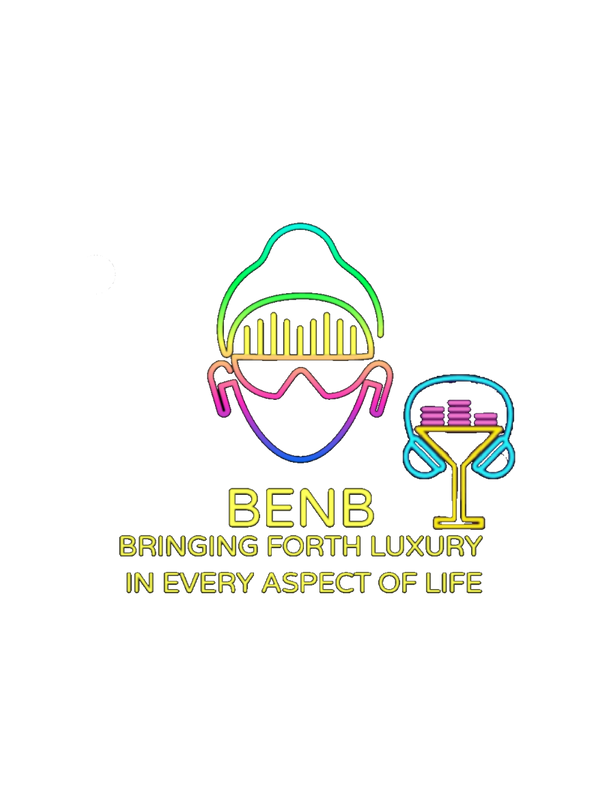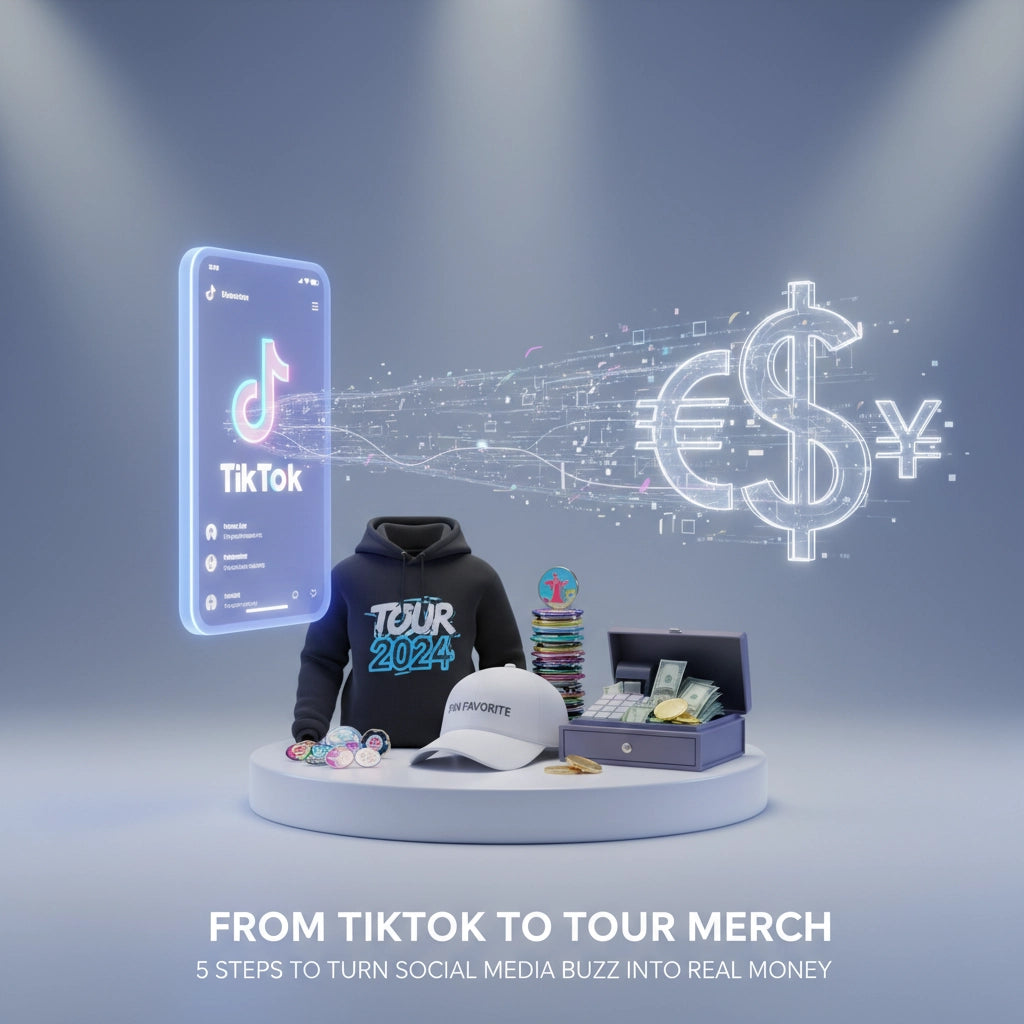Social media buzz generates followers. Followers generate potential customers. Converting potential customers into paying customers requires strategy.
Hip hop artists create content daily. Tracks drop. Videos post. Engagement spikes. Revenue opportunities emerge when artists bridge the gap between viral moments and tangible products.
The merchandise business model works. Fans want to represent their favorite artists. Artists need revenue streams beyond streaming platforms. The solution connects social media presence with physical products.
Step 1: Define Your Hip Hop Brand Identity
Your TikTok content reveals your artistic identity. Analyze which posts generate the highest engagement. Identify recurring themes in your most successful videos.
Music producers showcase beat-making processes. Rappers demonstrate lyric writing techniques. Artists share studio moments. Each content type suggests specific merchandise opportunities.
Document your visual aesthetic. Note color schemes used in your videos. Record catchphrases from your tracks. List symbols or logos that appear regularly in your content.
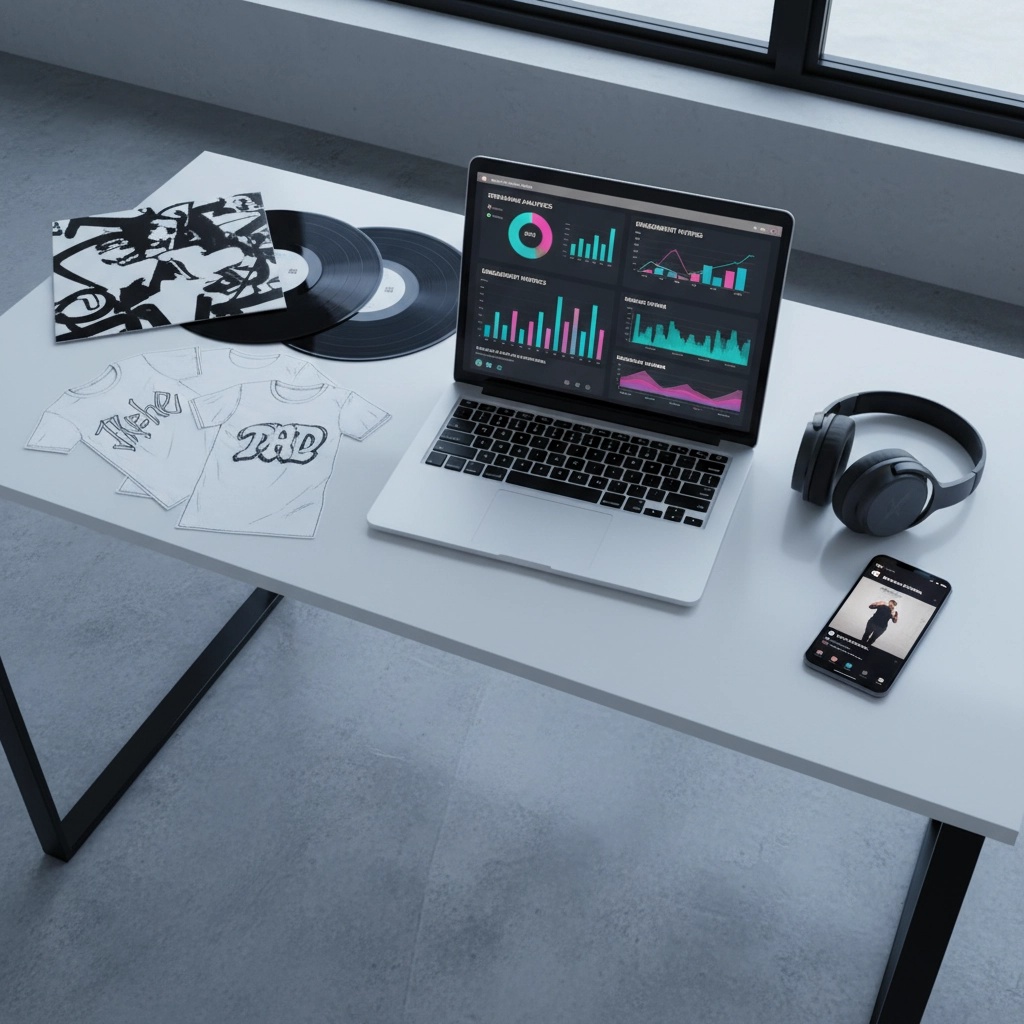
Survey your audience through comments and direct messages. Ask followers what products they would purchase. Popular requests include:
- Branded apparel featuring song lyrics
- Accessories with artist logos
- Limited edition items tied to album releases
- Seasonal collections matching tour dates
Your merchandise must align with your content style. Disconnect between social media presence and product offerings reduces sales conversion rates.
Step 2: Select Print-on-Demand Services
Print-on-demand eliminates inventory investment. Products manufacture only after customers place orders. This model reduces financial risk for independent artists.
Major platforms offer integration with music industry needs:
Printify connects with Shopify stores. Upload designs to t-shirts, hoodies, hats, stickers. Order samples before listing products. Quality testing prevents customer disappointment.
Printful provides broader product selection. Posters, vinyl record sleeves, tote bags, phone cases. Premium printing options available for higher-margin items.
Fourthwall specializes in creator merchandise. Direct integration with social media platforms. Analytics dashboard tracks performance across channels.
Product variety enables testing different price points. T-shirts generate volume sales. Limited edition hoodies command premium pricing. Stickers offer low-cost entry points for new customers.
Calculate pricing structure before launching. Factor production costs, platform fees, payment processing charges. Maintain profit margins while staying competitive with similar artists.
Step 3: Design Products That Convert
Professional design increases sales conversion rates. Hire designers through platforms like Fiverr or Dribbble if creating visuals yourself proves challenging.
Successful hip hop merchandise incorporates specific elements:
Typography: Bold fonts that match your musical style. Script fonts for melodic artists. Block letters for harder rap styles.
Color schemes: High contrast combinations improve visibility. Black and white designs work across multiple product types. Accent colors should match your brand palette.
Imagery: Abstract patterns, minimalist logos, or lyric excerpts. Avoid complex designs that lose clarity when printed on smaller items.
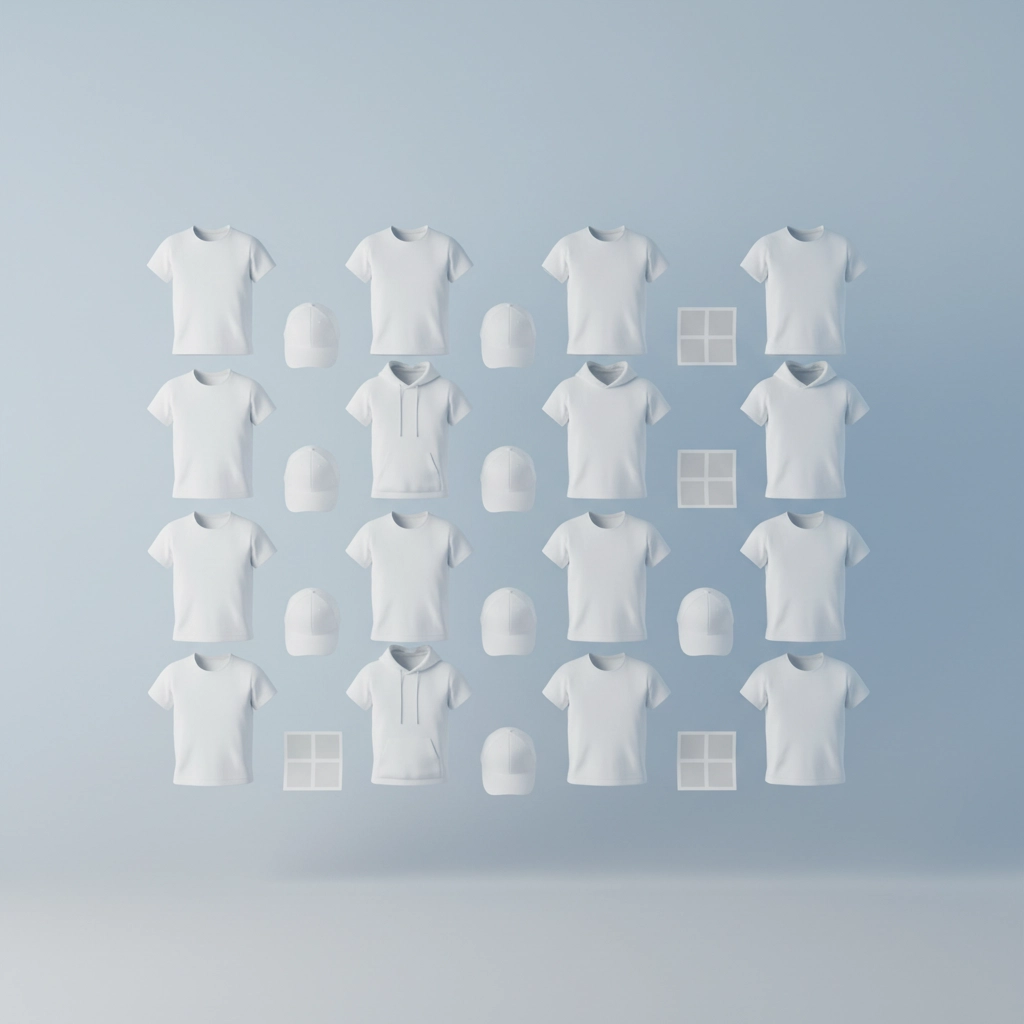
Create product mockups before finalizing designs. Mockups show how artwork appears on different merchandise types. Use these images for store listings and promotional content.
Test designs on various product categories. A design effective on t-shirts might not work on phone cases. Adjust sizing and placement for optimal visual impact.
Order physical samples of your top designs. Photograph products in natural lighting. Real product photos outperform digital mockups in sales conversion.
Step 4: Establish Your Sales Infrastructure
Choose between integrated platforms and standalone stores based on your audience behavior patterns.
TikTok Shop enables in-app purchases. Customers buy without leaving the platform. Setup requires business verification and product catalog upload. Integration with existing Shopify stores streamlines inventory management.
Standalone ecommerce platforms offer greater customization. Shopify provides templates optimized for musicians. WooCommerce integrates with WordPress sites. BigCommerce scales with growing businesses.
Configure payment processing for multiple methods. Credit cards, PayPal, digital wallets accommodate different customer preferences. International payment options expand market reach.

Link placement drives traffic to merchandise stores. Add store links to:
- TikTok bio sections
- Instagram profile links
- YouTube channel descriptions
- Twitter profile information
- Website navigation menus
Track click-through rates from different social platforms. Focus promotional efforts on channels generating highest conversion rates.
Step 5: Execute Strategic Promotion Campaigns
Merchandise launches require coordinated promotional campaigns across all social channels.
Pre-launch phase: Tease upcoming products without revealing complete designs. Share behind-the-scenes content showing design processes. Build anticipation through countdown posts.
Launch announcement: Create dedicated videos showcasing each product. Demonstrate quality through unboxing content. Highlight limited quantities to create urgency.
Ongoing promotion: Feature merchandise in regular content. Wear your products in videos. Show fans representing your brand at events.
TikTok Live streams provide direct sales opportunities. Demonstrate product quality in real-time. Answer customer questions immediately. Receive virtual gifts while promoting merchandise.
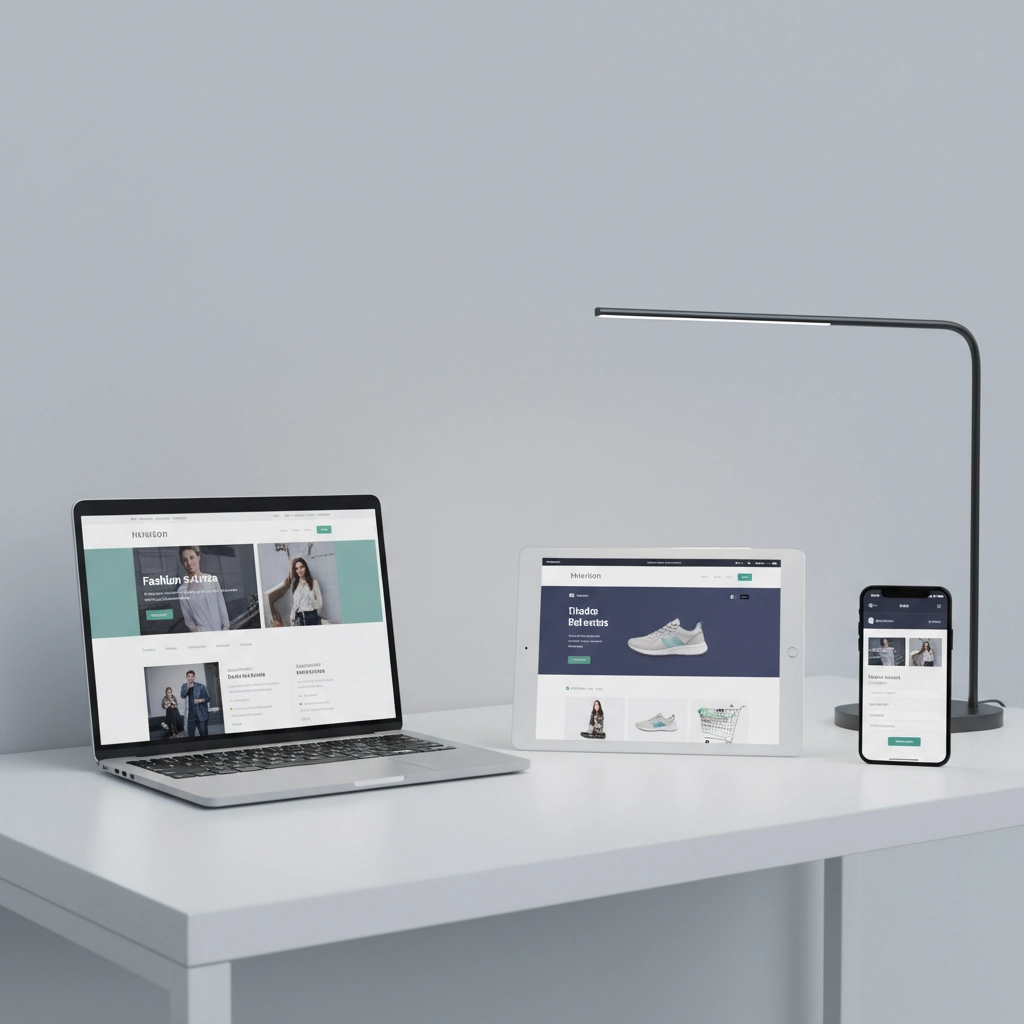
Limited-time offers accelerate purchasing decisions. "48-hour flash sales" create urgency. "First 100 orders" messaging suggests scarcity. "Album release exclusive" ties products to music launches.
Cross-promote with other hip hop creators. Collaborative merchandise appeals to combined audiences. Split production costs while expanding market reach.
Track performance metrics across all promotional channels. Monitor:
- Click-through rates from social posts
- Conversion rates by traffic source
- Average order values by customer segment
- Customer lifetime value calculations
- Inventory turnover rates
Revenue Optimization Strategies
Pricing strategies impact profitability more than sales volume in most cases. Premium pricing with limited quantities often generates higher total revenue than low-margin mass market approaches.
Bundle products to increase average order values. Combine t-shirts with stickers. Package albums with exclusive merchandise. Group seasonal items together.
Customer retention drives long-term success. Email marketing keeps customers informed about new releases. Loyalty programs reward repeat purchases. Exclusive access to new designs builds community engagement.
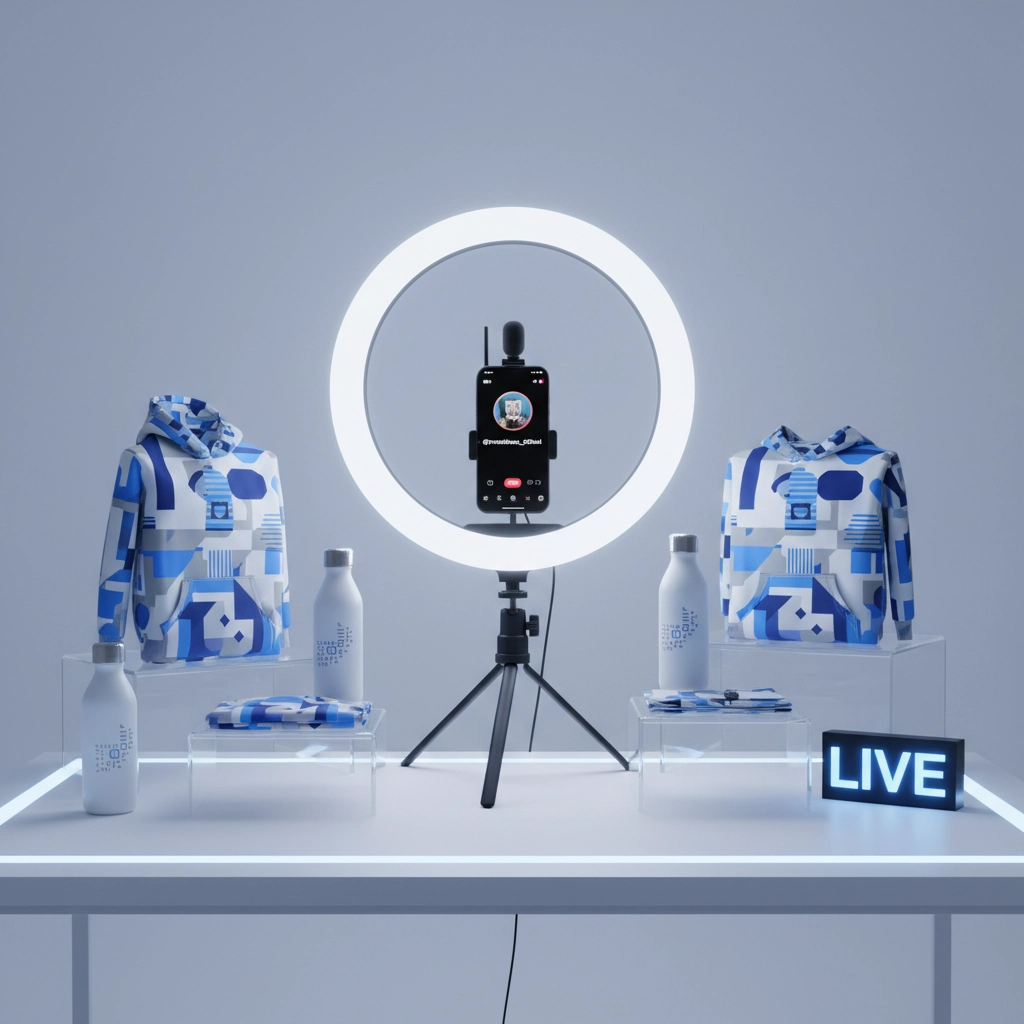
International shipping expands market reach but increases complexity. Research customs regulations for target countries. Calculate shipping costs accurately to avoid order cancellations.
Implementation Timeline
Week 1: Analyze existing content for brand themes and design opportunities.
Week 2: Research and select print-on-demand partners based on product requirements.
Week 3: Create initial product designs or hire designers for professional artwork.
Week 4: Set up ecommerce platform and configure payment processing systems.
Weeks 5-6: Order samples, photograph products, and create promotional content.
Week 7: Launch merchandise store with coordinated social media campaign.
Week 8+: Monitor performance, optimize based on sales data, plan next product releases.
Revenue generation from social media requires systematic approach. Each step builds foundation for sustainable merchandise business. Success depends on consistent execution across all phases.
Visit BenB Hip Hop's merch collection to see implementation examples. Connect with our team through the contact page for collaboration opportunities.
